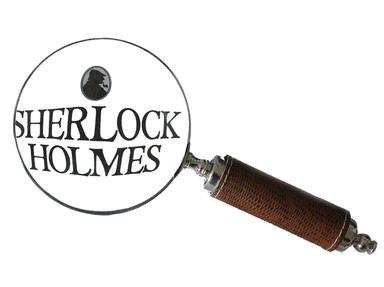Quiz Answer Key and Fun Facts
1. Although Holmes almost never mentions "his own people" to Watson, he does let a few clues fall. Which of the following does Holmes say of his family?
2. After coming up to London from university, where did Sherlock Holmes study medicine?
3. Sherlock Holmes claims that his prodigious powers of observation and analysis are hereditary, attributing the inheritance to his grandmother. Who was this grandmother's brother?
4. Where did Holmes take rooms when he first came up to London after leaving university?
5. Although Sherlock Holmes states that "women have seldom been an attraction to me", he nevertheless has shown himself susceptible, and was even once engaged. Who was Holmes's fiancÚ?
6. The usually solitary Sherlock Holmes had at least one fast friend while at university. Which event launched Holmes's friendship with Victor Trevor?
7. Holmes had a "hated rival" for a woman's affections. He also describes someone as "my hated rival upon the Surrey shore." Who was this?
8. In addition to his digs at 221B Baker Street, Holmes has "at least five small refuges" that he uses for a specific purpose. Where are these, and what does he use them for?
9. Assuming that he was indeed the age he appeared to be to the narrator of "His Last Bow", how old was Sherlock Holmes at the beginning of World War I?
10. With whose monogram does Sherlock Holmes deface the walls of the sitting room at 221B Baker Street, and with what does he do it?
Source: Author
pmcbee
This quiz was reviewed by FunTrivia editor
looney_tunes before going online.
Any errors found in FunTrivia content are routinely corrected through our feedback system.
